Why is Blue Mountain coffee filled in wooden buckets? Introduction to Clifton Coffee Manor in Blue Mountain, Jamaica
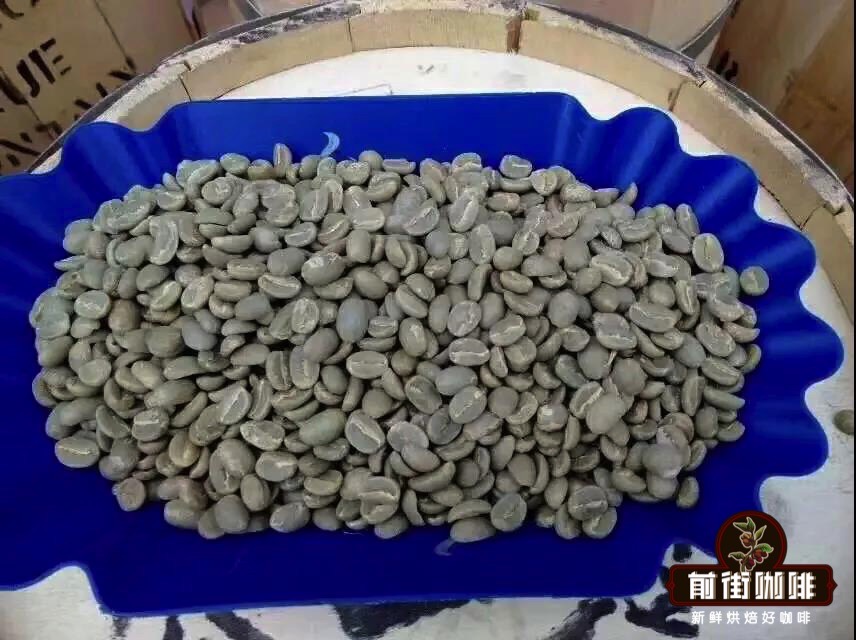
Professional coffee knowledge exchange more coffee bean information please follow the coffee workshop (Wechat official account cafe_style)
The real Blue Mountain Coffee is one of the most advantageous coffee growing conditions in the world. The weather, geological structure and topography of Jamaica provide a unique ideal place. Designated Jamaican Blue Mountain Coffee can only be grown in the Blue Mountain area, in Kingston, Jamaica is in the eastern north of the island. The ridge across Yatoujia extends to the east of the island, and the Blue Mountains are more than 2100 meters high. The cool weather, foggy weather and frequent rainfall reconcile the rich land of Rain Water. Here people use mixed planting to grow coffee trees next to banana and avocado trees on terraces. It usually grows on steep slopes, sometimes as high as 60 degrees and requires manual mining. It is characterized by its high aroma and delicate taste. Because of its high aroma, it is often mixed with other raw beans and more than 80% of it is exported to Japan.
Blue Mountain Coffee is rare and valuable
Because it is only planted in limited areas, the harvest is very low. The output of raw beans in 2014 was about 875 metric tons. July 2013-July 2014, the amount of raw beans exported by Jamaica to Japan was 283 tons, plus 440 metric tons * 2. The total is 723 tons. After baking, 578 tons of ripe beans will be produced. Taking 15 grams as a cup, about 38.56 million cups, the average person in Japan drinks less than one cup of Blue Mountain coffee in a year. In fact, Blue Mountain coffee beans are the same as other coffee beans grown in Jamaica, but because they are cultivated in a harsh environment and screened through strict inspection, they produce a very meticulous taste. In 1953, the Jamaican government drew a clear line between the Blue Mountains and other areas in accordance with the law, stipulating that the name of Blue Mountain Coffee should not be used for coffee in areas other than the Blue Mountains. Only coffee made in selected areas of the Blue Mountains can be called "Blue Mountain Coffee".

Why only Blue Mountain Coffee is packed in wooden buckets?
Of all the raw coffee beans, only Blue Mountain Coffee is in buckets, and other coffee exits are in sacks. It actually comes from flour shipped from England to Jamaica during the British colonial period in the mid-18th century, which is recycled in empty buckets and used to transport coffee and rum. The buckets used today are all wood from temperate forests in the United States. the advantage of buckets is to absorb and release internal and external humidity without much change, which can alleviate sudden temperature changes in the process of transportation. Another barrel sealed off coffee aroma, can maintain the best coffee quality, but the additional cost will be higher.

Blue Mountain Coffee shines in the World
In 1936, more than 80% of Jamaican Blue Mountain coffee was sold to Japan, and Japanese trading houses used the slogan "British Royal use" as an advertising slogan. Jamaica was a British territory at that time, and it was taken for granted by the Japanese public that Jamaican coffee was also drunk by the "British royal family". In fact, it was groundless. However, because the publicity activities in Japan are very large and sell very well, this myth has been handed down in Japan so far.
Originally in the "Blue Mountain Mountains" 800-1200 meters away from a specific area, using the name "Blue Mountain" is not allowed. However, the domestic sales volume of Blue Mountain imported into Japan is three times that of normal imports. Many of the coffee is grown at an altitude of 800 meters or less, but it is often named Blue Mountain. Even so, the price of raw coffee beans is between 4000 yen and 5000 yen per kilogram (the market price in 2013), which is very expensive. There are only a few cafes in Japan that put some blue mountain coffee beans to meet their customers.
In 1953, the Jamaican government established the Jamaican Coffee Authority (Coffee Industry Board, referred to as CIB) to manage the quality of Jamaican coffee. Jamaica is the first country in the world to distinguish coffee names on a regional basis. Like French wine, cheese, cream, etc., will be named after the country of origin. All coffee exported from Jamaica can only be exported through the Jamaican Coffee. In particular, coffee harvested from the Blue Mountain area authorized by law is absolutely 100% Blue Mountain coffee.

The Blue Mountain No.1 coffee imported from Qianjie comes from Clifton Farm, the largest estate in the area, which is also grown on a small scale by international standards, many of which are small landowners whose families have been working on the land for two centuries. By comparison, Qianjie Coffee thinks that Blue Mountain one of Clifton Farm performs very well and can be used as one of the outstanding representatives of Blue Mountain Coffee.
Front Street Coffee one Blue Mountain, Jamaica
Producing area: Lanshan producing area
Farm: Clifton
Altitude: 1310m
Variety: iron pickup
Treatment: wash or in the sun
Grade: NO.1
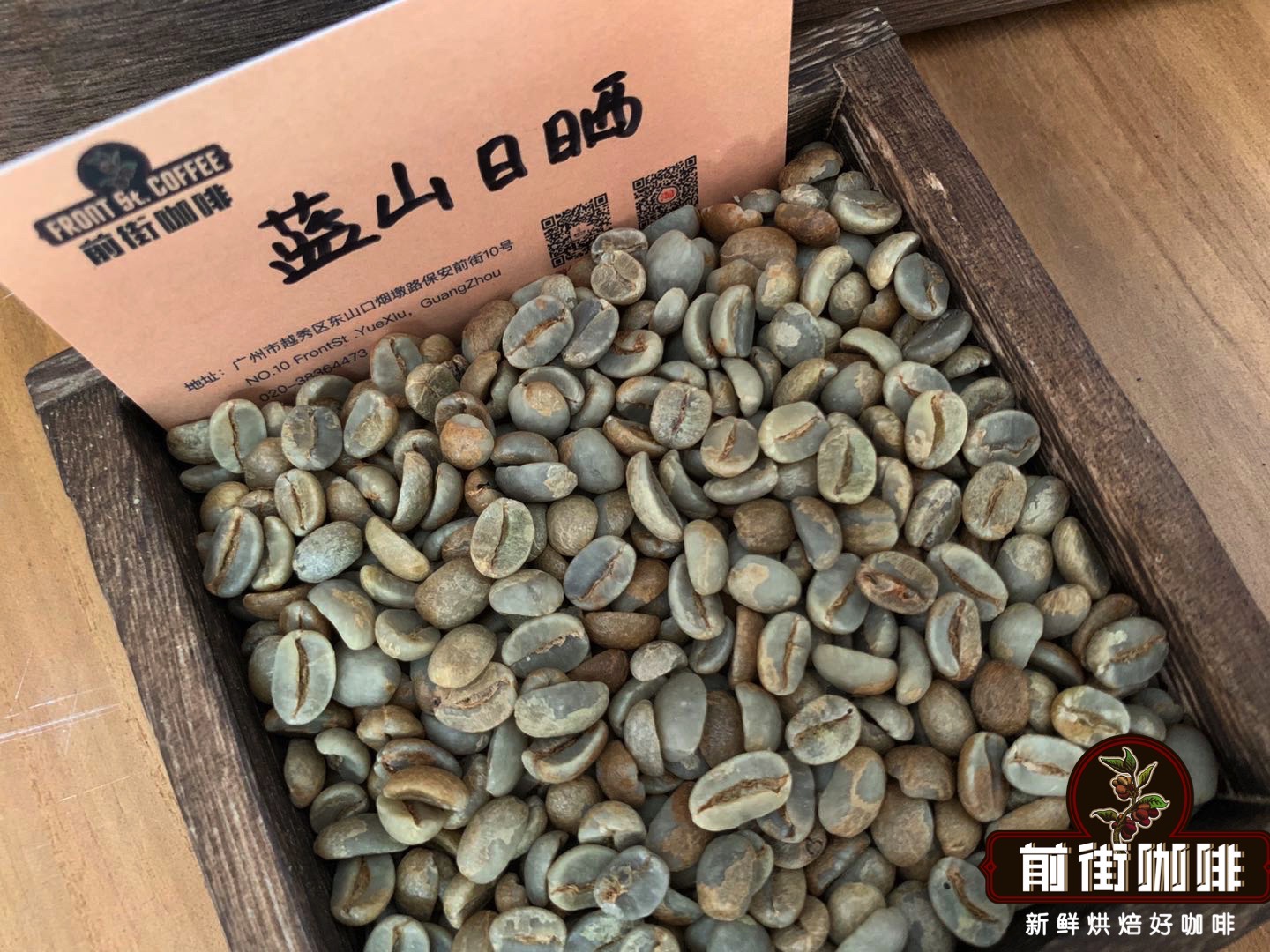
Treatment method
Before this year, Lanshan No.1 coffee can only be washed. The peel, pulp and mucous membrane were removed by washing and fermentation. Farms that use the washing method must build washing ponds and be able to introduce an endless supply of running water. During the treatment, first remove the peel and pulp and let it ferment for 18 hours, then put the mellow beans into the pool and pass them back and forth, using the friction of the beans and the power of running water to wash the coffee beans until smooth and clean. After washing, at this time, the coffee beans are still wrapped in the pericarp with a moisture content of 50%. They must be dried to reduce the moisture content to 12-14%, otherwise they will continue to be mellow, moldy and rotten. After that, the coffee beans are screened and stored in a special warehouse. These procedures must be strictly mastered, otherwise, the quality of the coffee will be affected.
In 2020, the Blue Mountain producing area also exported a batch of sun-treated Blue Mountain No.1 coffee. Qianjie was also introduced and baked at the first time.
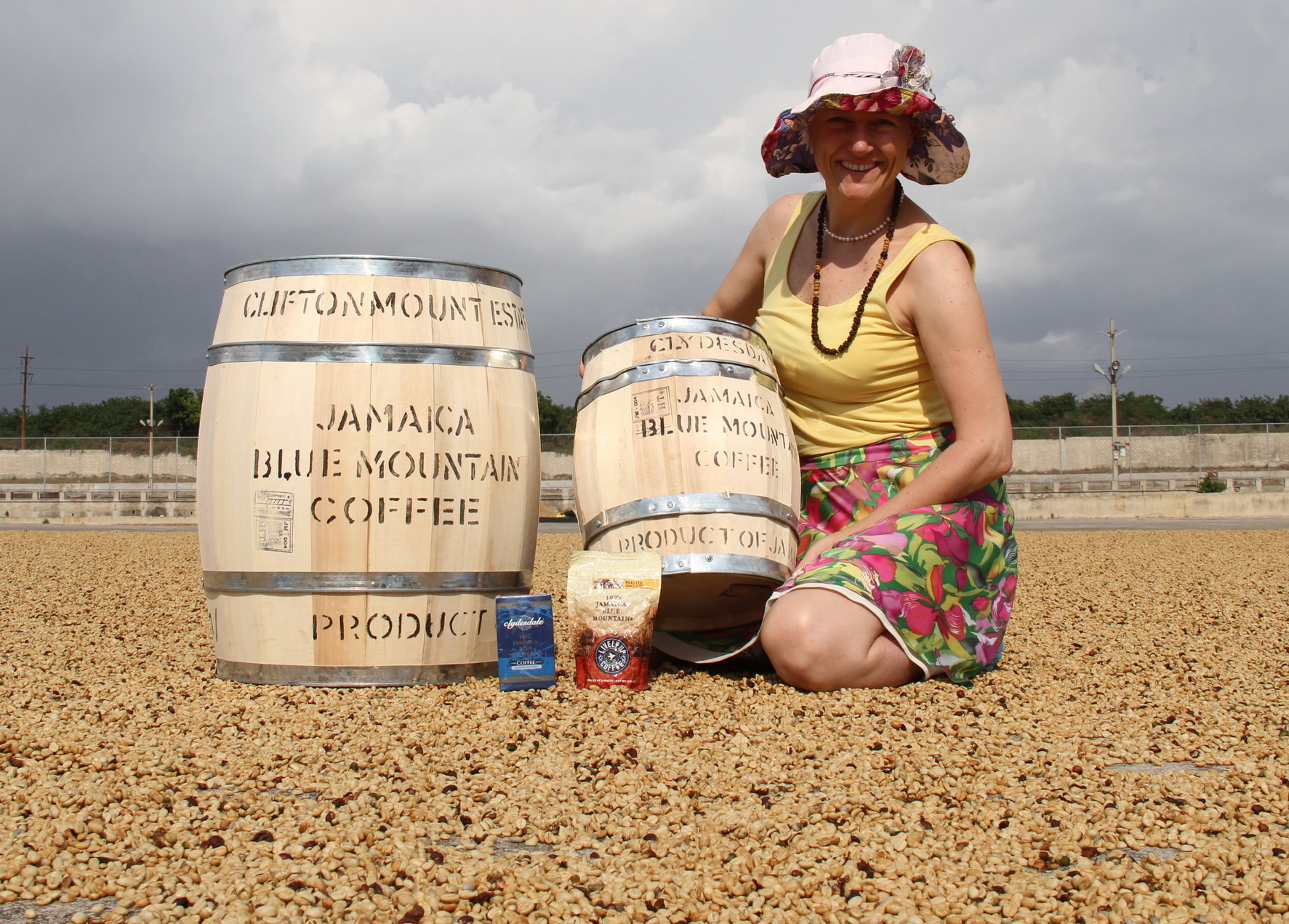
Roasting Analysis of Qianjie Coffee
Qianjie Coffee believes that Blue Mountain Coffee is roasted "thoroughly" from the inside to the outside, and better roasting techniques are used on the basis of roasting to show the flavor of Blue Mountain Coffee.
Caramelization is a link that has the greatest impact on the flavor of coffee. After six to seven minutes of baking, raw beans absorb a lot of heat and start the pyrolysis reaction, resulting in the first explosive sound. Some sugars are converted into carbon dioxide, and water continues to evaporate. New aromatic components gradually develop into the so-called coffee oil. And combine with hundreds of aromatic substances such as nicotinic acid, citric acid, quinic acid, malic acid, acetic acid, caffeine and so on.
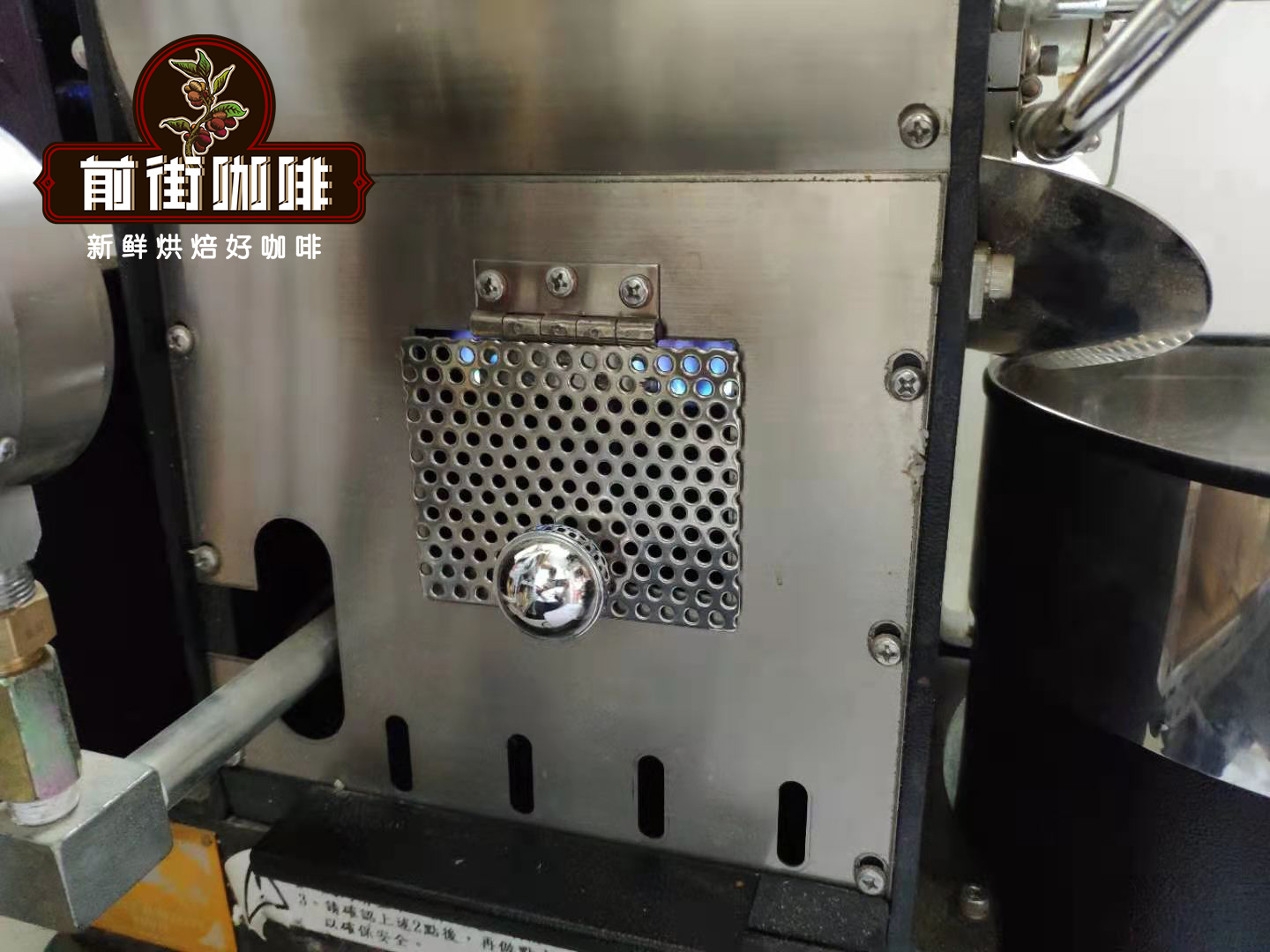
Baking curve: furnace temperature to 170 degrees Celsius, throttle set for 1 minute, firepower 140 degrees, throttle unchanged, baking to 5 degrees Celsius 39 degrees 10 ", temperature 153 degrees, bean surface turns yellow, grass smell disappears completely, dehydration is completed, firepower is adjusted to 115 degrees, throttle changes 4".
In the 8th & # 39th minute, ugly wrinkles and black markings appear on the bean surface, and the smell of toast obviously changes to the smell of coffee, which can be defined as a prelude to explosion. at this time, listen clearly to the sound of an explosion point, and start to explode at 8 degrees 39 ". Adjust the firepower to 90 degrees, the throttle is fully open (adjust the firepower to be very careful, not to be so small as to be free of bursting sound), and put the pot at 201.3 degrees.
Suggestion on brewing coffee in Qianjie
Parameters: 15g powder, water temperature 86 ℃, ratio of water to powder 1:15, medium and coarse grinding (pass rate of Chinese standard No. 20 sieve 65%)
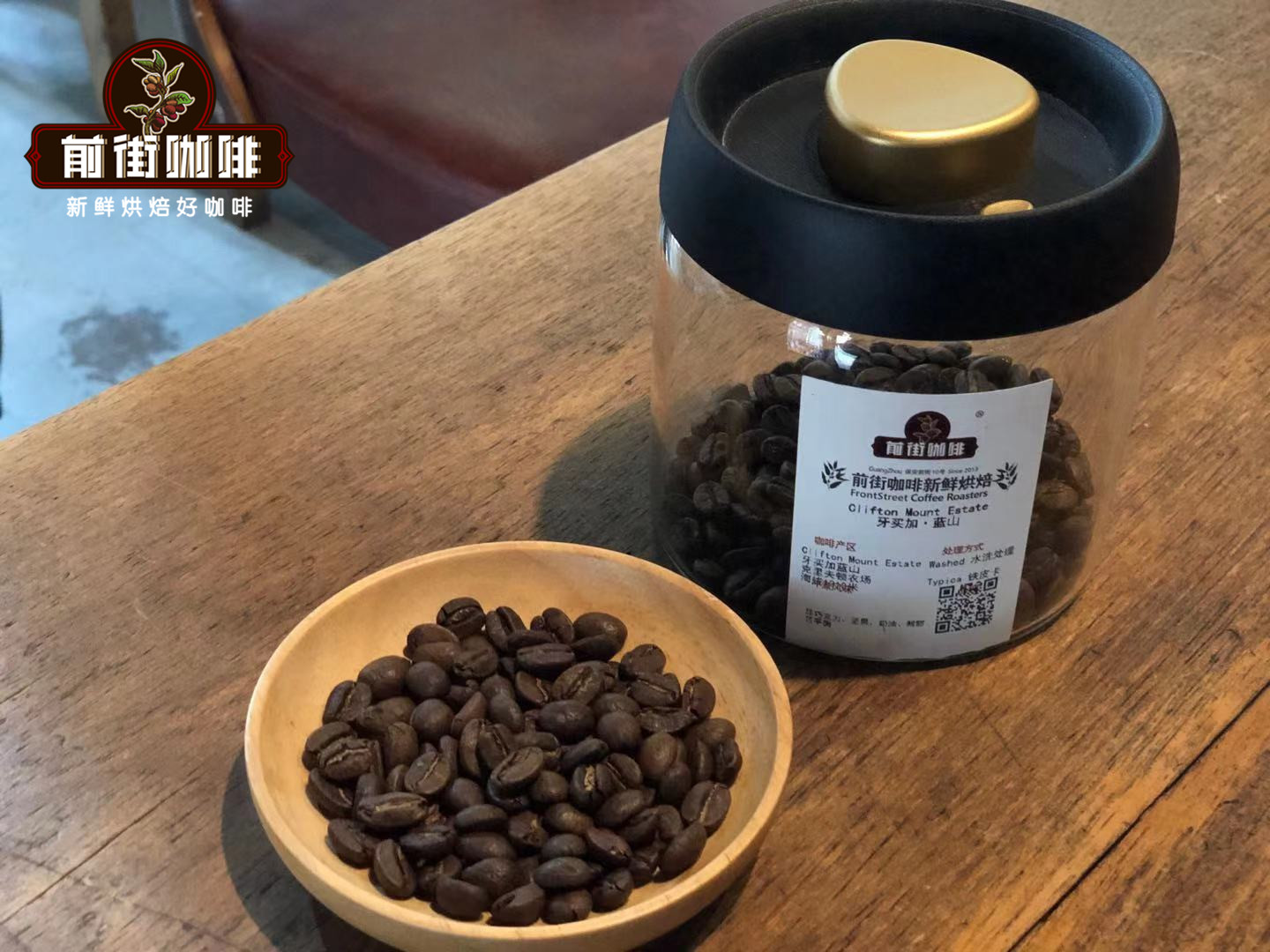
Generally choose these filter cups, V60 filter cup, kalita fan-shaped and Kono, Qianjie coffee is mainly brewed with Kono filter cup for display. Qianjie Coffee chooses Kono filter cup mainly because Blue Mountain Coffee chooses deep roasting, high temperature can easily lead to over-extraction, so Qianjie Coffee chooses 86 ℃ in water temperature. If V60 filter cup or other filter cup with fast flow rate is used at this temperature, it is easy to lead to insufficient extraction, while Kono has few and short ribs, which can isolate the gap between filter paper and filter cup, increase the residence time of water flow and have the function of soaking. Therefore, combining the test results of all the brewing parameters, Qianjie coffee finally chose the Kono filter cup.
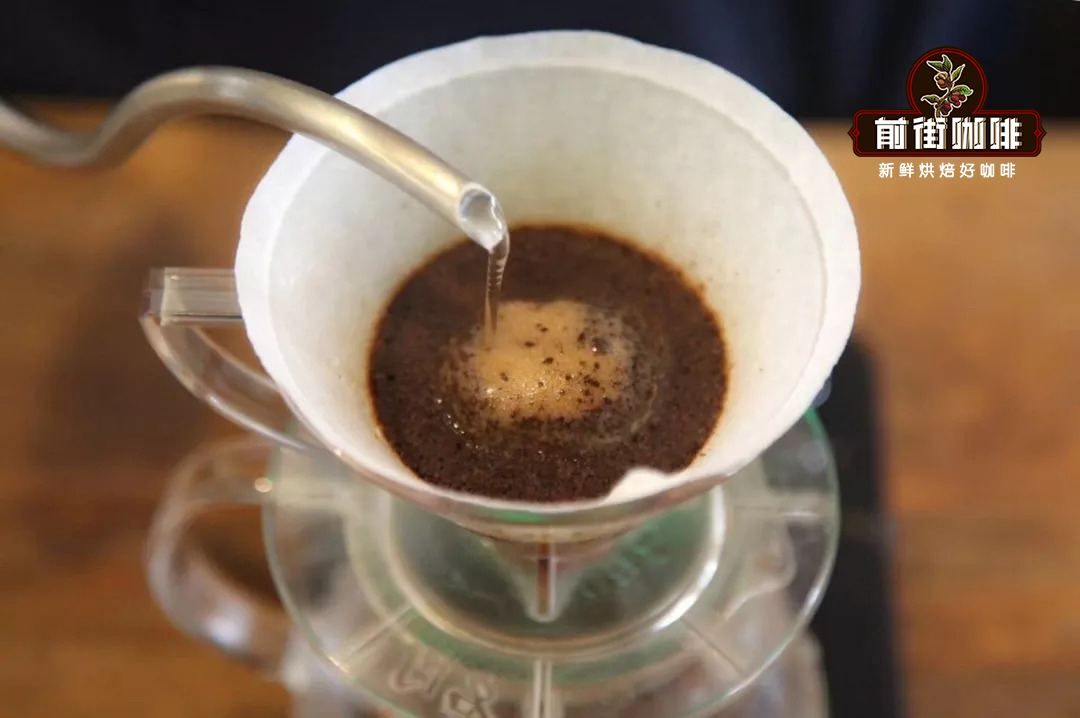
In the brewing technique, Qianjie coffee is extracted by stages, that is, three-stage water injection method. Steaming with 30g water for 30s, the first small flow was injected around the circle to 125g off water, and the second stage of water injection was continued when the liquid level was about to expose the powder layer, and the total extraction time (including steaming) was 225g.
For more boutique coffee beans, please add private Qianjie coffee on Wechat. WeChat account: kaixinguoguo0925
Important Notice :
前街咖啡 FrontStreet Coffee has moved to new addredd:
FrontStreet Coffee Address: 315,Donghua East Road,GuangZhou
Tel:020 38364473
- Prev
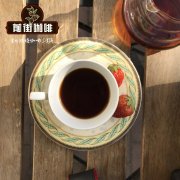
Panamanian Pokuit producing area Lerida Hope Manor introduction-how to drink Panamanian Pokuit coffee?
Professional coffee knowledge exchange more coffee bean information please follow the coffee workshop (Wechat official account cafe_style) Panamanian coffee Poquet production area Lerida Manor Panama Boquete Finca Lerida National Panama (Panama) production area Alto Quiel, Poquet (Boquete) 1500-1700 meters above sea level varieties Caturra, Catuai, Geisha
- Next
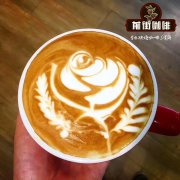
Panama Finca Carmen Carmen Manor Solar treatment _ four main producing areas of Panamanian Coffee
Professional coffee knowledge exchange more coffee bean information please follow Coffee Workshop (Wechat official account cafe_style) Panamanian Coffee Manor Carmen Manor Paso Anqiu Honey treatment (Panama Paso Ancho Honey) area: Baru Volcano Vulcan Valley (Vocan Valley) species: Kaddura (Caturra) / Tibica (typica) Honey treatment production: Carmen Manor
Related
- Detailed explanation of Jadeite planting Land in Panamanian Jadeite Manor introduction to the grading system of Jadeite competitive bidding, Red bid, Green bid and Rose Summer
- Story of Coffee planting in Brenka region of Costa Rica Stonehenge Manor anaerobic heavy honey treatment of flavor mouth
- What's on the barrel of Blue Mountain Coffee beans?
- Can American coffee also pull flowers? How to use hot American style to pull out a good-looking pattern?
- Can you make a cold extract with coffee beans? What is the right proportion for cold-extracted coffee formula?
- Indonesian PWN Gold Mandrine Coffee Origin Features Flavor How to Chong? Mandolin coffee is American.
- A brief introduction to the flavor characteristics of Brazilian yellow bourbon coffee beans
- What is the effect of different water quality on the flavor of cold-extracted coffee? What kind of water is best for brewing coffee?
- Why do you think of Rose Summer whenever you mention Panamanian coffee?
- Introduction to the characteristics of authentic blue mountain coffee bean producing areas? What is the CIB Coffee Authority in Jamaica?

